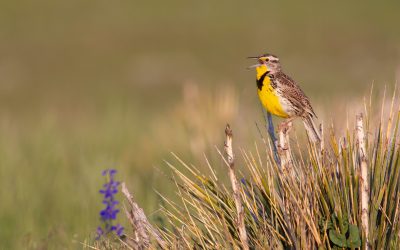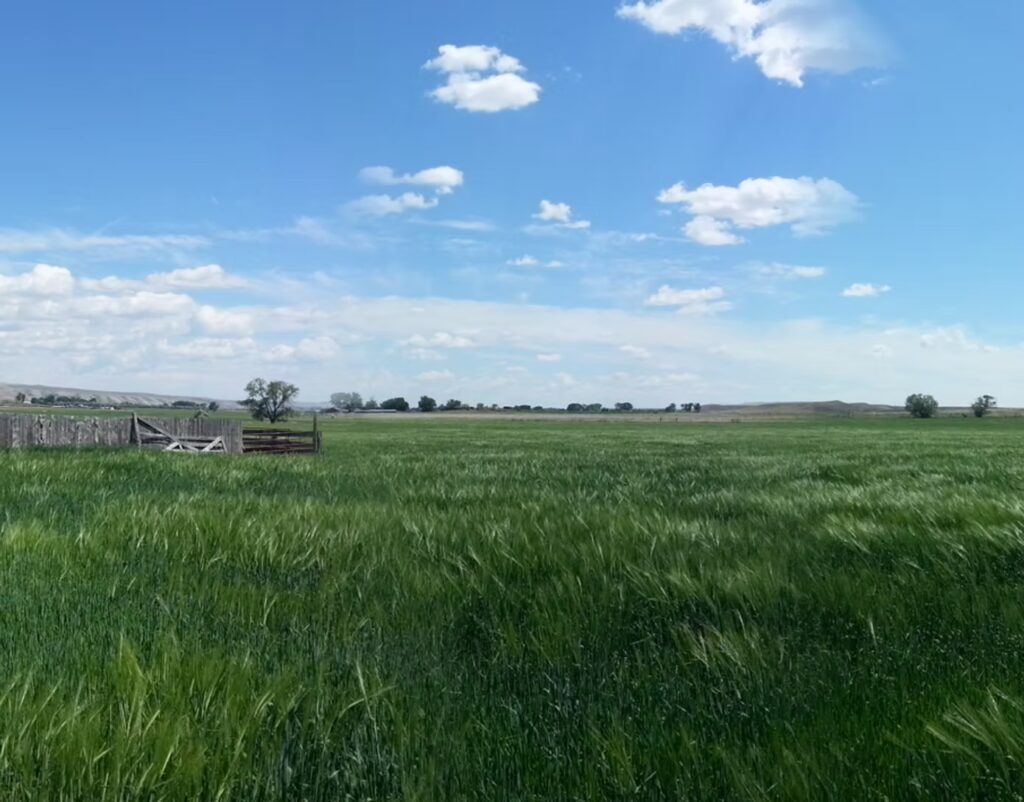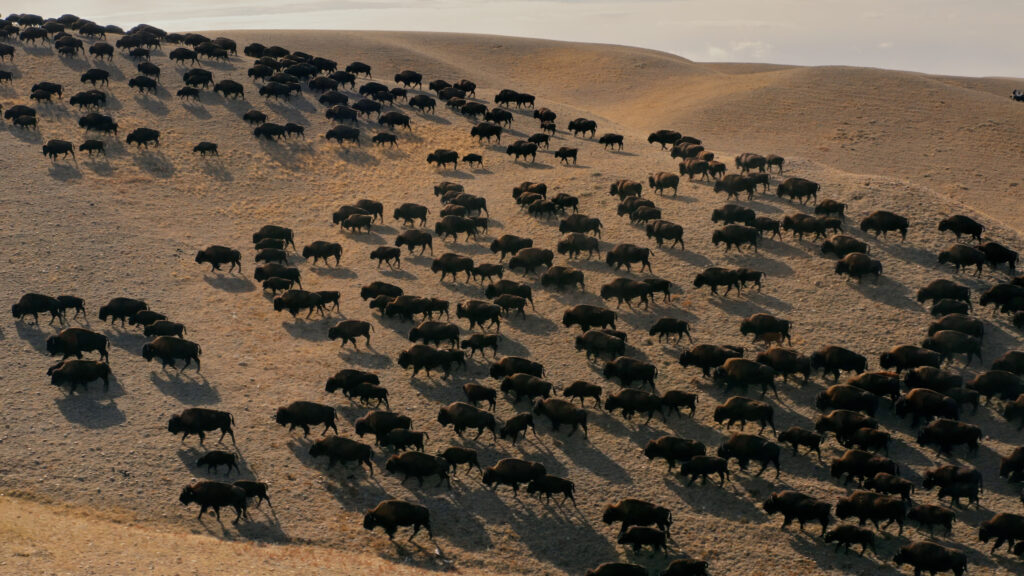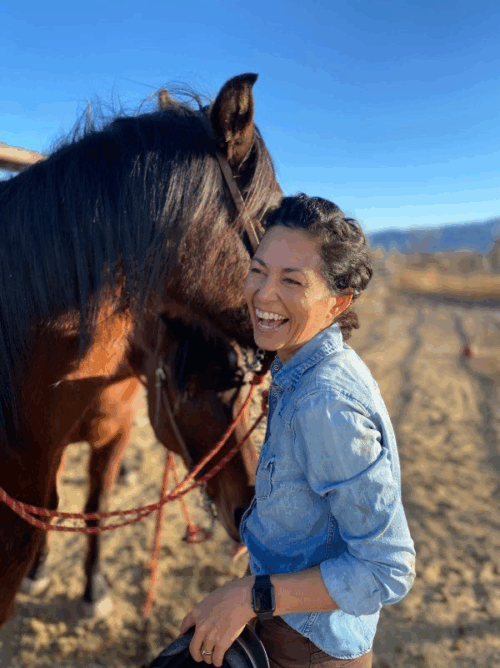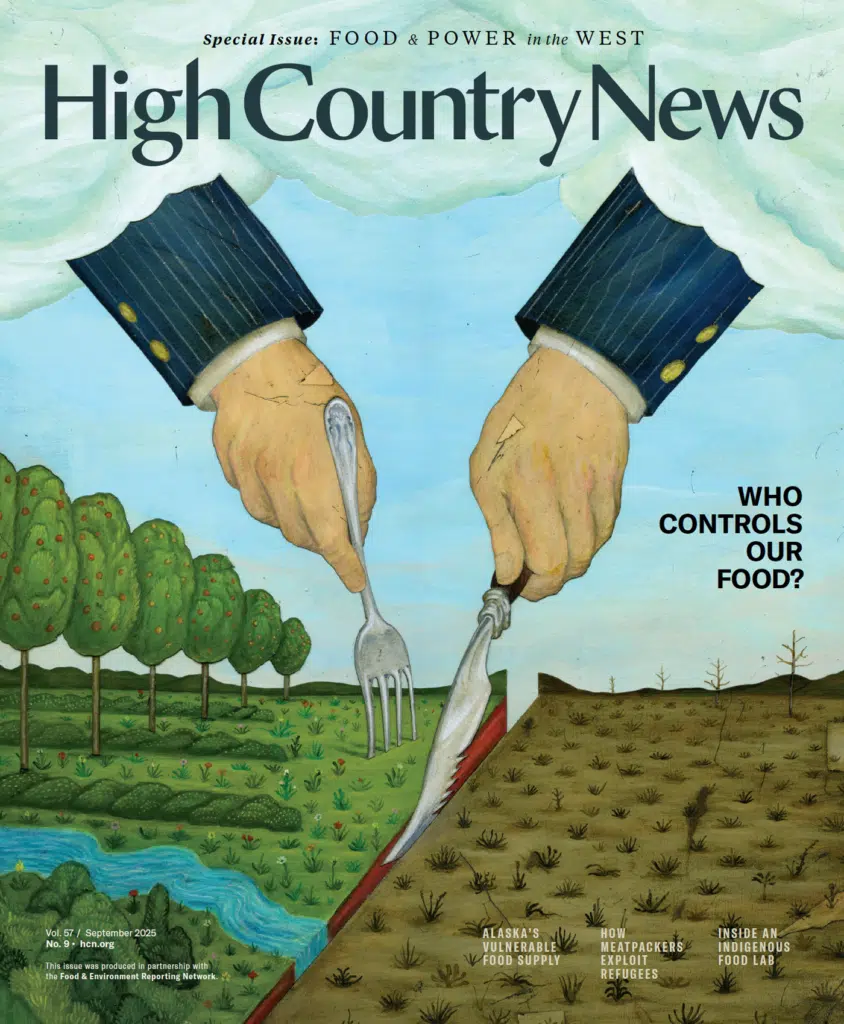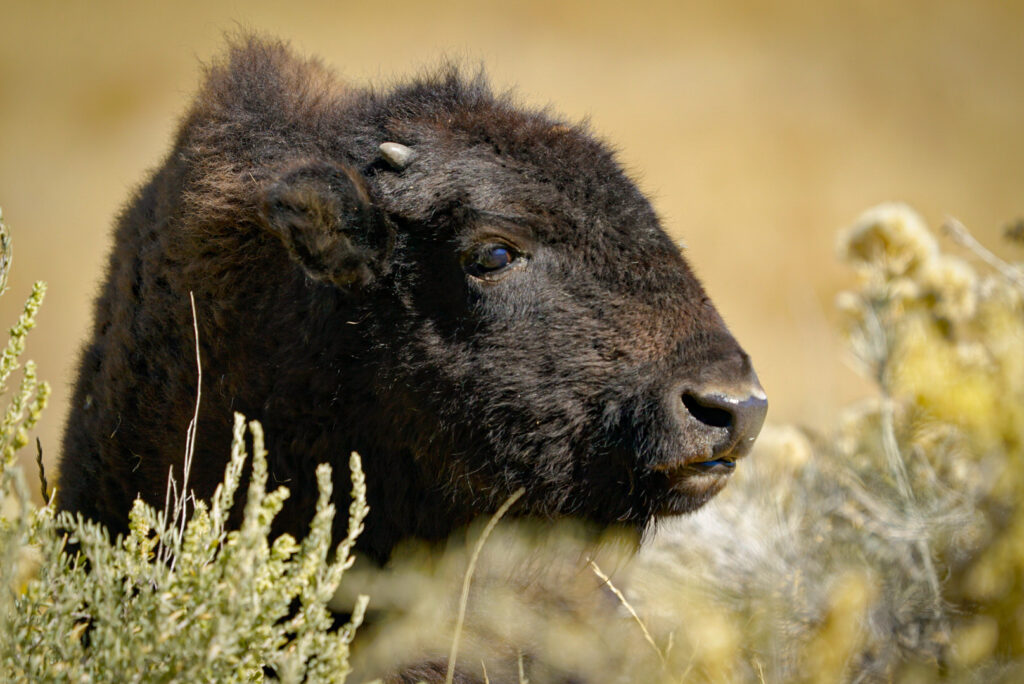For the birds: Audubon’s conservation ranching work
The “Radical Center” concept says that food producers and conservationists have far more in common than not—and the Audubon Society’s Conservation Ranching program is a prime example of this idea in action. Working in collaboration with prairie grassland ranchers, the Audubon Society is helping them to create grazing plans that accommodate grassland birds, with the result that the land gets healthier, grazing animals benefit, and birds thrive. And they’re driving “market-based conservation,” in which consumers can choose certified bird-friendly meat.
We talk to Marshall Johnson, Vice President of the National Audubon Society and Executive Director of Audubon Dakota and Audubon Conservation Ranching, who reminds us, “what’s good for the bird is good for the herd.”
Show Notes
2’27 the Audubon Society and the connection between birds and cattle ranching
3’22 the huge loss of grassland bird populations in the last 50 years
4’30 partnering with ranchers to conserve bird habitat
6’13 laying out the problem of habitat loss—row crops grown in unsuitable land
7’58 ecosystem services provided by grasslands
8’51 carbon emissions from destroying grasslands = emissions from 670,000,000 cars
9’35 grasslands and the water cycle
10’20 the importance of seeing all these phenomena as interconnected—grasslands, water, birds, insects, etc.
11’32 the benefit of birds to ecosystem—pollinators, insect control
12’35 historical prairie compared to today
15’09 the sound of the destruction of root systems across hundreds of millions of acres of prairie
16’59 the potential for the remaining grasslands – “what’s good for the bird is good for the herd”
19’40 how the Audubon society approaches and supports ranchers
20’59 ranchers and environmentalists working together
22’18 how Audubon works with ranchers to develop habitat management plans
23’44 having a third-party certification program for bird-friendly meat
25’22 not organic but actually beyond organic in some ways
26’39 the habitat-friendly work pays for itself in the long run, and there is cost-sharing and other benefits in the short run
28’29 conservation easements are useful for grassland conservation
29’49 improvement in bird habitat
30’29 “chasing the weight”
31’01 ranchers calving in the winter in North Dakota, and what happens when they get on a more natural schedule
34’22 Gabe Brown helping to design the program
35’12 making ranching more satisfying for ranchers
36’06 the birds coming back and thriving
38’51 100 ranchers and 2,500,000 acres in the program
39’26 first meeting with rancher, building trust
41’51 positive role of ranchers in ecosystems—that many environmentalists don’t understand
42’53 could this kind of ranching disrupt the feedlot industry?
43’27 the industrial approach is not sustainable
44’20 regenerative ag is the direction of the future because it benefits both ranchers and the ecosystem
45’08 how Marshall got into doing this work
45’40 “my heroes have always been cowboys”
47’02 people who don’t live off the land have the power to reconnect to the land and make good decisions that support healthy grasslands
48’35 “market-based” conservation: consumer choices can affect the land
52’08 how do you make regeneratively produced meat affordable
54’15 grassland birds need us

